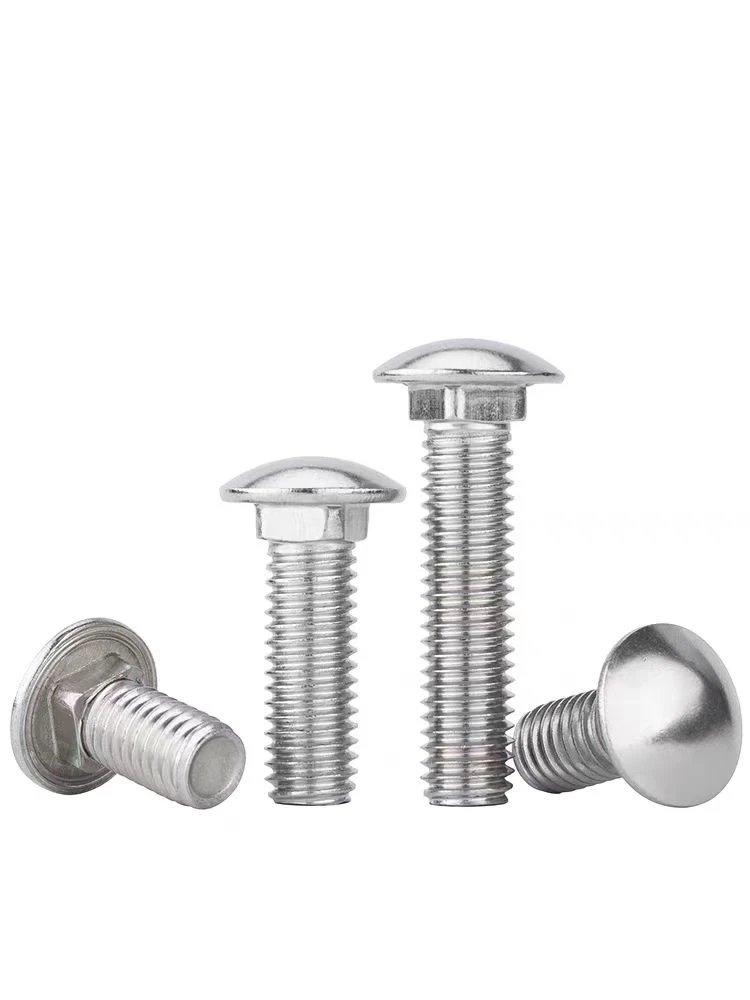

galvanised studding
Out . 05, 2024 17:26 Back to list
galvanised studding
Understanding Galvanised Studding A Key Component in Construction
In the realm of construction and structural engineering, diverse materials and components play pivotal roles in ensuring both durability and safety. Among these, galvanised studding is increasingly gaining prominence due to its strength and corrosion-resistant properties. This article delves into what galvanised studding is, its applications, benefits, and best practices for use.
What is Galvanised Studding?
Galvanised studding refers to steel rods or studs that have undergone a galvanisation process—a coating technique that involves applying a protective layer of zinc. This layer is critical as it prevents rust and prolongs the longevity of the steel, making it an ideal choice for various structural applications. The galvanisation process is typically executed through either hot-dip galvanising or electro-galvanising, with hot-dip galvanising being the more common method for robust applications due to its thicker protective layer.
Applications of Galvanised Studding
Galvanised studding finds utility across numerous sectors within construction and infrastructure development. Some typical applications include
1. Building Frameworks In framing systems, galvanised studs can form reliable load-bearing walls or partition walls, providing necessary support without compromising on weight.
2. Shelving and Racking In warehouse settings, galvanised studding is commonly used to construct shelving and racking systems, ensuring that they can bear heavy loads while resisting corrosion from humidity and temperature changes.
3. Outdoor Structures Due to their resistance to rust, galvanised studs are often employed in outdoor constructions, such as pergolas, fencing, and other garden structures, which are exposed to harsh weather conditions.
4. Mechanical Equipment Galvanised studding is frequently used in mechanical systems, such as those found in manufacturing plants, due to its ability to withstand high stress and corrosive environments.
Benefits of Using Galvanised Studding
The advantages of galvanised studding are numerous, making it a preferred choice for many construction projects
- Corrosion Resistance The primary benefit of galvanised steel is its ability to resist rust and corrosion, which significantly extends the material's lifespan and reduces the need for maintenance.
galvanised studding

- Cost-Effectiveness While the initial cost of galvanised steel can be higher than that of untreated steel, the long-term savings from reduced maintenance and replacement costs make it a more economical choice over time.
- Strength and Durability Galvanised studding offers excellent tensile strength, making it suitable for both structural and non-structural applications where sturdiness is required.
- Ease of Installation Galvanised studs are lightweight and straightforward to handle, facilitating more efficient installation processes.
- Versatility They can be used in various applications, from residential to industrial projects, making them a versatile choice for contractors.
Best Practices for Employing Galvanised Studding
To maximise the effectiveness of galvanised studding, adhering to best practices is essential
1. Proper Selection Choose the appropriate size and type of studding based on specific load requirements and environmental conditions.
2. Installation Techniques Employ proper fastening methods to ensure optimal performance. The use of compatible accessories and fasteners can prevent galvanic corrosion.
3. Regular Inspections Even though galvanised studding is corrosion-resistant, regular inspections to identify any wear or damage are crucial for maintaining safety and integrity.
4. Storage Conditions Store galvanised studding in a dry environment to avoid accumulation of moisture, which can lead to premature corrosion.
Conclusion
Galvanised studding represents a critical component in the construction industry, offering unique benefits that enhance both safety and durability. Its resistance to corrosion, coupled with cost-effectiveness and versatility, makes it indispensable in various applications. As construction standards continue to evolve, understanding the strengths and correct use of galvanised studding will remain essential for achieving robust, long-lasting structures. By adhering to best practices, builders and contractors can ensure their projects stand the test of time, ultimately contributing to sustainable development and engineering excellence.
Latest news
-
Hot Dip Galvanized Bolts-About LongZe|High Strength, Corrosion Resistance
NewsJul.30,2025
-
High-Strength Hot Dip Galvanized Bolts - Hebei Longze | Corrosion Resistance, Customization
NewsJul.30,2025
-
Hot Dip Galvanized Bolts-Hebei Longze|Corrosion Resistance&High Strength
NewsJul.30,2025
-
High-Strength Hot-Dip Galvanized Bolts-Hebei Longze|Corrosion Resistance&High Strength
NewsJul.30,2025
-
Hot Dip Galvanized Bolts-Hebei Longze|Corrosion Resistance&High Strength
NewsJul.30,2025
-
Hot Dip Galvanized Bolts - Hebei Longze | Corrosion Resistance, High Strength
NewsJul.30,2025

